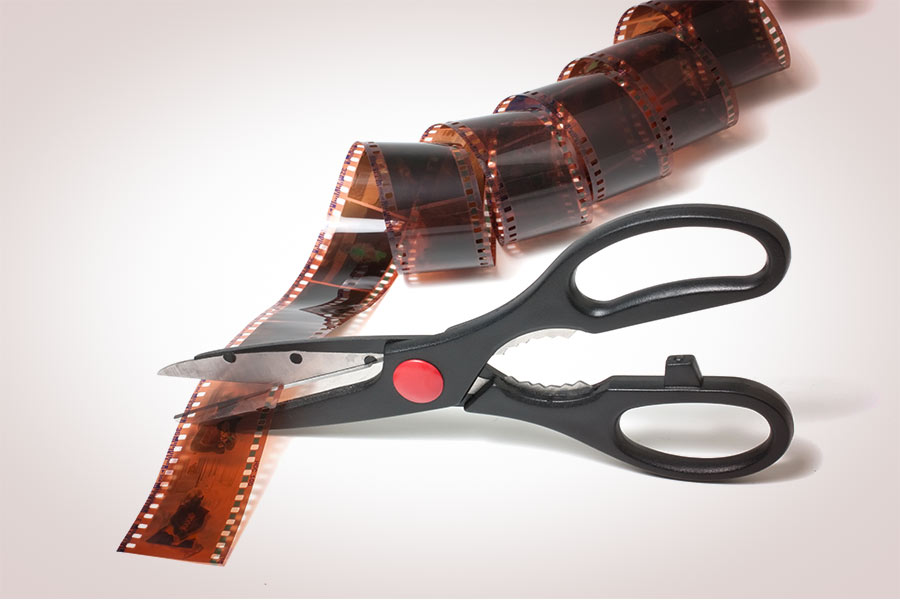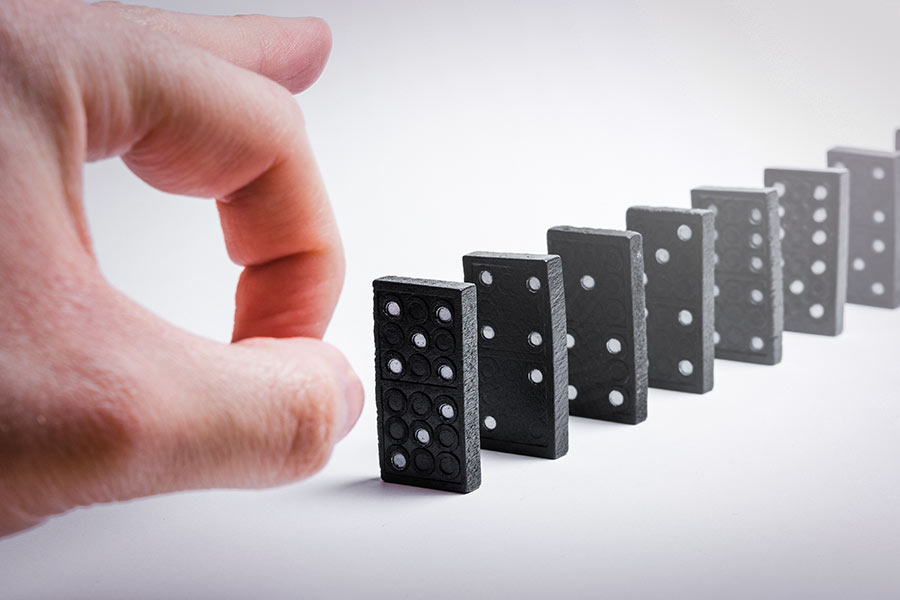
Encyclopedia search
Two players play a scene. From time to time, an outside observer calls out, “Take the hit,” and the player who is about to respond makes a clear emotional shift to the offer that was just made.
Two players play a scene in which their characters are in disagreement. An outside observer calls out tools from the list below. Player A applies the tool, and gradually loses ground. Eventually, Player B wins the argument.
Players mingle and find a partner. Player A tells Player B how to respond—either by accepting, blocking, following, resisting, building, or amplifying. Then Player A makes an offer and Player B responds as instructed. The players trade roles and the process is repeated. After that, the players go find new partners and repeat the process.
Create 20 cards, each one listing a way to make physical contact with a spect. Play a scene, periodically pulling a random card, and justify making contact in that way.
A scene is played in which Player B periodically dictates how much Player A should resist by holding up one to three fingers. One finger is a speed bump, two fingers is a pushback, and three fingers is full conflict.
Players intentionally play a scene that is going nowhere. After a while, an outside observer calls out a scene booster from the list below, which one of the players applies.
This convention is used in training, rehearsals, and theatrical performances. The word “scene” is called out to indicate that the scene is over. This may be done by someone observing the scene or by an inter-actor playing within the scene. In theatrical performances, the stage manager calls the scene in the booth to bring down the stage lights.
Causality moves a story from scene to scene. It can also shape the progression of the scene itself. Let what spects say and do cause your responses, which then cause their responses. Moment-to-moment causality helps you avoid playing for the spect and keeps you playing with the spect.



